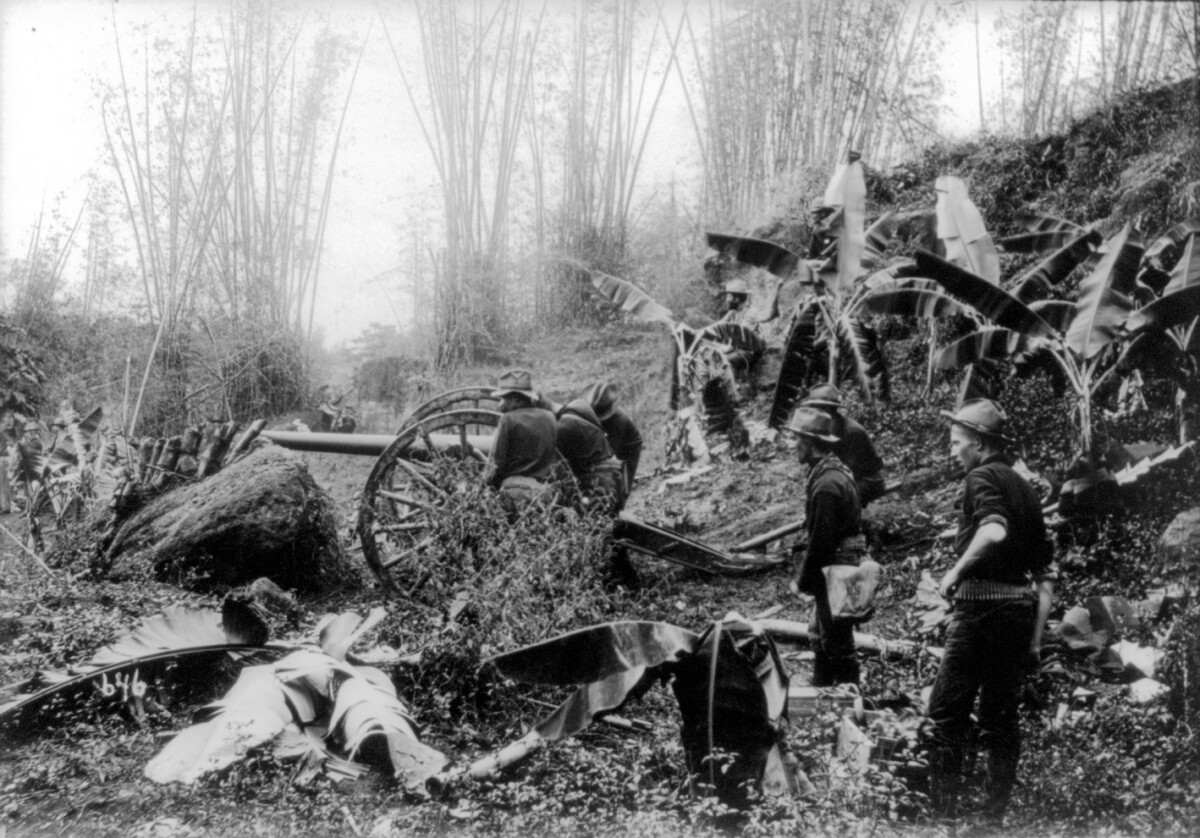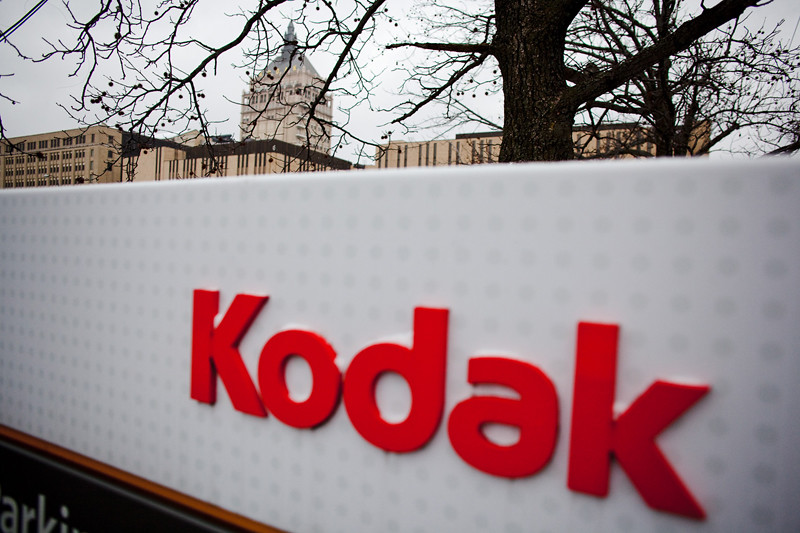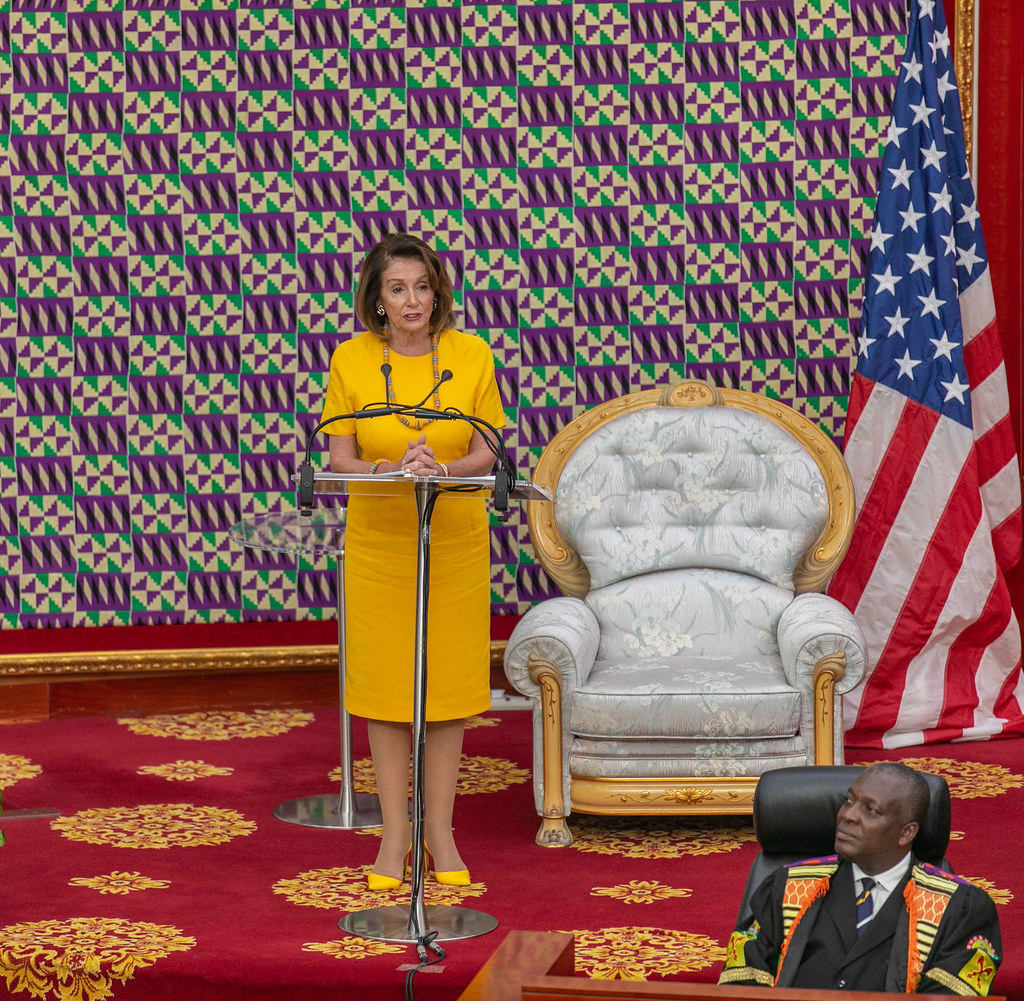The Cold War was an era filled with tension, anxiety, and the looming threat of nuclear warfare between two superpowers: the United States and the Soviet Union. As both nations raced to amass nuclear arsenals, the world watched with bated breath, fearing the potential for catastrophic conflict. Recently declassified documents have unveiled a series of incidents that nearly triggered nuclear war, highlighting the delicate balance of global security during this period.
The Cuban Missile Crisis: A Defining Moment

The Cuban Missile Crisis in October 1962 stands as one of the most critical moments of the Cold War. This 13-day standoff brought the United States and the Soviet Union perilously close to nuclear conflict. The discovery of Soviet nuclear missiles in Cuba, a mere 90 miles from the U.S. shores, set off a series of high-stakes negotiations. President John F. Kennedy’s decision to impose a naval blockade was a strategic move to prevent further missile shipments. The crisis was resolved when the Soviet Union agreed to remove its missiles from Cuba in exchange for the U.S. removing its missiles from Turkey. Declassified documents reveal that during this tense period, there were several miscommunications and near-disastrous miscalculations, underscoring the razor-thin margin between peace and war.
The 1983 Soviet War Scare: A Close Call

In September 1983, the world was once again on the brink of nuclear war during an incident known as the Soviet War Scare. A malfunctioning Soviet early warning system falsely detected an incoming U.S. missile strike. The fate of the world rested in the hands of Stanislav Petrov, the Soviet officer on duty, who made the pivotal decision to classify the alarm as a false signal. His instincts and skepticism about the system’s accuracy prevented a potential retaliatory strike. The declassified documents reveal that systemic flaws in the early warning systems and heightened tensions between the superpowers made this situation particularly dangerous.
The 1961 Goldsboro B-52 Crash: A Nuclear Disaster Averted

In January 1961, a B-52 bomber carrying two nuclear bombs crashed near Goldsboro, North Carolina, nearly causing a nuclear catastrophe. One of the bombs was partially armed and could have detonated, with potentially devastating consequences. Fortunately, the bomb’s safety mechanisms functioned as designed, preventing an explosion. This incident raised serious concerns about the safety and security of nuclear weapons. The declassified documents indicate that, following this event, the U.S. Air Force implemented new safety measures to prevent similar occurrences, highlighting the inherent risks of transporting nuclear arsenals.
The 1979 NORAD Exercise: A Major Misunderstanding

A computer error during a North American Aerospace Defense Command (NORAD) training exercise in November 1979 nearly led to a nuclear response. The simulation, intended to mimic a Soviet attack, mistakenly triggered a real alert, convincing military officials that the U.S. was under attack. The situation was de-escalated when it was determined to be a false alarm. The declassified documents emphasize the importance of technology and human oversight in preventing such errors in high-pressure situations. This incident led to a review and update of protocols to avoid future misunderstandings.
The Role of Diplomacy in Preventing Nuclear War

Throughout the Cold War, diplomacy played a crucial role in averting nuclear conflict. Recognizing the potential for disaster, leaders on both sides often engaged in negotiations to reduce tensions. The establishment of the Hotline Agreement in 1963, allowing direct communication between Washington and Moscow, was a significant step forward. Additionally, treaties like the Strategic Arms Limitation Talks (SALT) aimed to curb the arms race, demonstrating the value of diplomatic channels in maintaining global peace. The declassified documents underscore the importance of these efforts in preventing escalation and fostering dialogue.
The 1973 Yom Kippur War: A Nuclear Standoff

During the Yom Kippur War in 1973, the United States and the Soviet Union found themselves on opposing sides, supporting different Middle Eastern allies. The situation escalated to a point where both superpowers went on nuclear alert. Declassified documents reveal that the U.S. increased its nuclear readiness to support Israel, while the Soviet Union threatened to intervene militarily. Diplomatic negotiations eventually eased tensions, but the incident highlights the potential for regional conflicts to draw in superpowers and escalate to nuclear standoffs.
The 1980 Computer Glitch: A False Alarm

In June 1980, another computer glitch at NORAD led to a false alarm indicating a Soviet missile launch. The error was quickly identified and corrected, but not before causing significant alarm among military personnel. The declassified documents reveal that the glitch was caused by a faulty computer chip, emphasizing the reliance on technology in nuclear defense systems. This event prompted a thorough review of computer systems and protocols to prevent future errors, underscoring the importance of robust technological safeguards.
The 1962 Norwegian Rocket Incident: A Misinterpretation

A lesser-known near miss occurred in 1962 when a Norwegian research rocket was mistakenly identified as a potential nuclear threat by Soviet radar systems. The declassified documents reveal that Soviet military officials briefly considered launching a retaliatory strike before determining the rocket was not a threat. This incident highlights the challenges of accurately interpreting radar data and the potential for misinterpretation to lead to catastrophic consequences.
The Impact of Human Error on Nuclear Safety

Throughout the Cold War, human error played a significant role in several near-miss incidents. Declassified documents reveal instances where miscommunications, misunderstandings, and flawed decision-making nearly led to nuclear conflict. These events underscore the importance of training, clear communication, and robust protocols in maintaining nuclear safety. As technology continues to evolve, the human element remains a critical factor in preventing errors and ensuring the security of nuclear arsenals.
The Lessons of the Cold War for Modern Times

The declassified documents exposing Cold War nuclear near misses serve as a poignant reminder of the fragility of global security. Each incident illustrates the potential for disaster due to miscommunication, technological errors, and human fallibility. As the world continues to navigate complex international relations, the lessons learned from the Cold War remain relevant. The importance of diplomacy, clear communication, and stringent safety measures cannot be overstated. By understanding the past, we can work towards a safer future, ensuring that the mistakes of the Cold War are not repeated.







